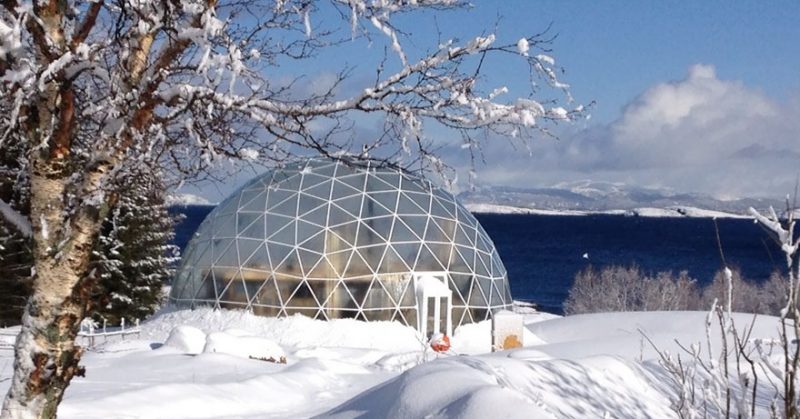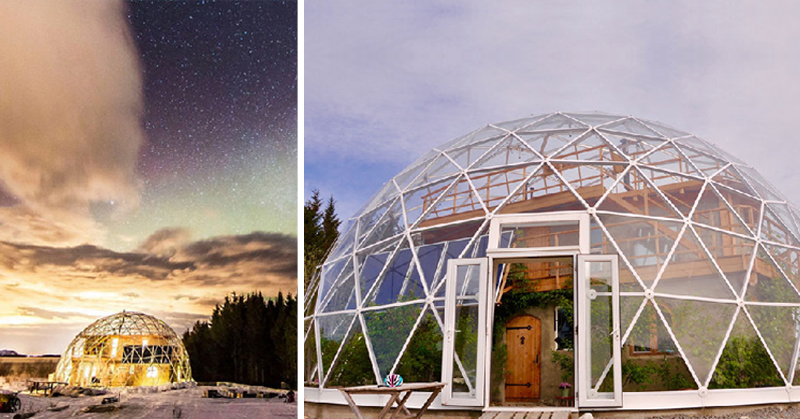Whether you are in or out of the housing market, there’s no doubt that you’ve seen the rise in alternative housing. These creative and ingenious options will have you reconsidering traditional houses as you know them. From shipping containers to pallet homes, tiny houses to mobile homes, and earth berms to treehouses, there’s one more that caught our attention – geodesic domes.
What is a geodesic dome?
Geodesic domes are half-sphere structures comprised of a complex network of smaller triangles.[1] At first glance, they seem like a landed spaceship from another galaxy. According to the American Institute of Architects, if constructed properly, this structure is “the strongest, lightest and most efficient means of enclosing space known to man.”[2]
Why opt for a geodesic dome home?
Like many fashion trends that resurface after decades, these structures have increased in popularity again for the first time since the nineteen-seventies. The main differences between then and now are the economic landscape, and the technology and resources.
In that context, a geodesic home which is both energy-efficient and inexpensive makes them that much more attractive – and practical.
A Few More Reasons Why Geodesic Domes Make Sense
- Simple building process
- Powerful structure and uniform strength
- Very resistant to strong winds and heavy snow[3]
Meet the Hjertefølger Family
In Norwegian, hjertefølger means “heart follower” and that’s exactly what this family of six did.
The Process
The Hjertefølgers began their eco-journey in 2013 on the island of Sandhornøya in the Arctic Circle. The three-storey, five-bedroom, two-bathroom house is made of cob which is a mixture of sand, clay, and straw. Alas, after four years, they’ve completed their home.

But if you consider the climate in which the Hjertefølgers live, the twenty-five-foot-high geodesic dome plays a huge role in making this idyllic lifestyle possible. The dome, from the UK-based Solardome, creates a greenhouse atmosphere wherein they can grow anything from beets to tomatoes to bananas.[4]

The Hjertefølgers compost leftovers and use any wastewater they produce to fertilize their plants. They use clean biodegradable house products, too.

Despite freezing temperatures, the glass and aluminium dome traps the warm air inside for a comfortable climate year-round. This greatly lowers their heating expenses. Help from their log-burning stove and energy-storing solar panels don’t hurt either![5]

So, the Hjertefølgers somehow managed to seamlessly combine rustic with futuristic to create a beautiful place that they can now call home.

People want to give back to the planet they inhabit. How, where, and in what they live can help them do that in cost-effective, eco-conscious ways.
Be a Hjertefølger
They followed their hearts, and so can you.
[1] https://science.howstuffworks.com/engineering/structural/geodesic-dome.htm
[2] https://pacificdomes.com/geodesic-domes/
[3] https://www.survival-spot.com/survival-blog/9-unique-alternative-housing-ideas/7/
[5] https://www.popularmechanics.com/home/outdoor-projects/a24655/arctic-circle-geodesic-dome/

